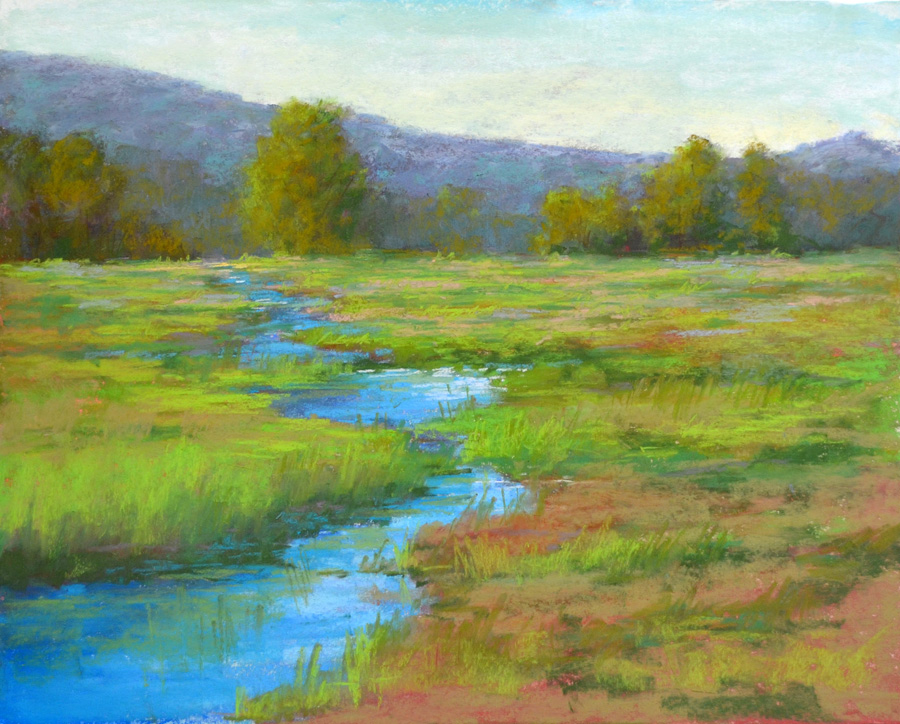Last week at Carnegie Hall, four young chamber ensembles had
the opportunity to work with emerging composers as part of a six-day workshop
called “New Voices, New Music”. The
program is one of several activities that was put in place by David Lang, the
holder of this year’s Richard and Barbara Debs Composer’s Chair at Carnegie
Hall. Carnegie Hall offered Lang a range
of options for what he could do as the chair, and he wanted to do all of the activities.
In February, there will be a family concert with the Bang on a Can All-Stars, followed by a chamber-orchestra concert in March by the ACJW Ensemble. In April there will be a six-concert festival titled “collected stories”. There will also be several performances of Lang’s own works, the first of which was performed by So Percussion this past weekend. In the workshop last week, the ensembles and composers worked both with Mr. Lang and with members of the International Contemporary Ensemble. There were also four aspiring music journalists who attended to work with the LA Times critic Mark Swed.
In February, there will be a family concert with the Bang on a Can All-Stars, followed by a chamber-orchestra concert in March by the ACJW Ensemble. In April there will be a six-concert festival titled “collected stories”. There will also be several performances of Lang’s own works, the first of which was performed by So Percussion this past weekend. In the workshop last week, the ensembles and composers worked both with Mr. Lang and with members of the International Contemporary Ensemble. There were also four aspiring music journalists who attended to work with the LA Times critic Mark Swed.
A LA-based quartet called gnarwhallaby, which consisted of
a clarinet, trombone, cello, and piano, performed “Lullaby 4” by Nicholas Deyoe. Although there was a sense of
structure, the piece had “the spontaneity of free improvisation”. The New York chamber ensemble Hotel Elefant played an emotional piece by Mary Kouyoumdjian, which displayed her feelings
about visiting her ancestral homeland of Armenia. Mivos Quartet, also from NY, performed
Robert Honstein’s “Arctic”. Eastman BroadBand performed Carlos Iturralde’s “Fata Morgana”, which included a wind
trio in the balcony and a string trio on stage.
Lang wanted to make sure that the performers of the various
groups were not feeling competitive, so he combined all of the groups to play
“Stamping in the Dark” by Daniel Goode, “13 Changes” by Pauline Oliveros, and
“Serenata per un satellite” by Bruno Maderna.
This workshop sounds like it was a huge success. This type of learning experience is extremely
valuable and beneficial for the performers and composers. It is also a great way of promoting
these specific musicians, as well as new music in general. It seems like David Lang is a perfect person to
have in the Composer’s Chair, as he is open to a variety of new musical
ideas. He stated that, “you have to
design doorways for as many people to walk through to find this music as you
can”. He is certainly doing this by promoting
various styles of new music. He is
promoting music written by well-known composers and unheard of young composers,
and he is promoting the performances of famous chamber ensembles and emerging
artists. He is making these concerts
available and accessible for everyone through events such as the family
concert, and of course Carnegie Hall is a great venue to do this in. These types of activities and visions are
exactly what new music needs.
